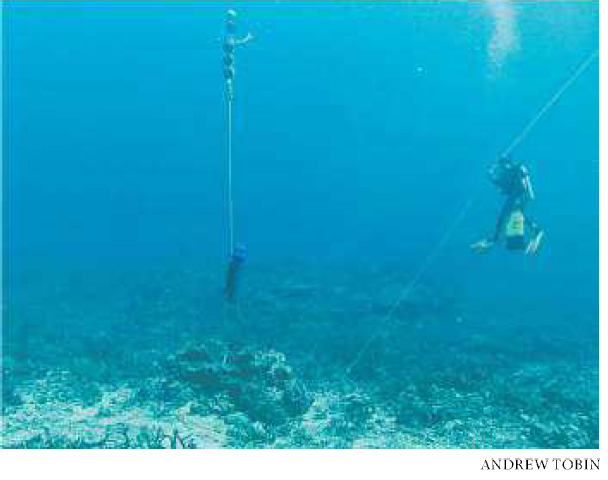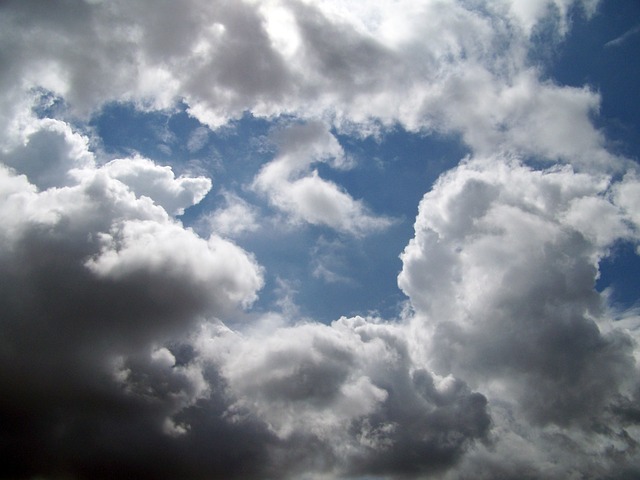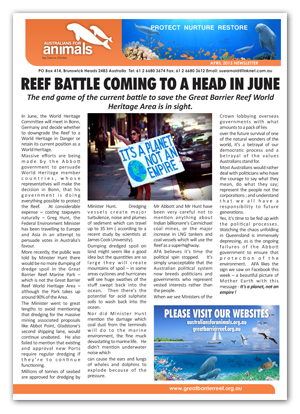The Australian
18 Jun 2013, by JENNIFER FORESHEW
THE rarely heard underwater sounds of the Great Barrier Reef are now being captured by a cutting-edge acoustic recorder.

The JASCO Applied Sciences Autonomous Multichannel Acoustic Recorder Generation 3 (AMAR G3), which is moored at a depth off 20m at Wheeler Reef off Townsville, will record sounds across a range of frequencies to better understand the role of natural, biological and manmade noise on the GBR.
James Cook University researchers are collaborating with JASCO Applied Sciences, an international leader in the science of industrial underwater noise and its effects on marine
life, for the project.
JCU Centre for Sustainable Tropical Fisheries and Aquaculture director Colin Simpfendorfer said the research from the device, deployed last month,
would be of value to scientists as well as regulatory and management
bodies.
“One of the questions we have is a human-produced noise masking
naturally produced noises from animals and interfering with ANDREW TOBIN
The JAS CO recorder sits in 20m of water off Townsville their communication,” he said.
“We really don’t have much of this information, particularly, for places like the Great Barrier Reef.”
The AMAR G3, which is about a metre long, will record the sounds of the reef, including a range of fish, crustaceans, whales and dolphins, which all generate
unique noises.
“It gives us the ability to start to measure things that we haven’t been able to do before and that has opened up a whole lot of new doors for us in terms of understanding
some of the things like shipping levels on the Great Barrier Reef and what its effect may
be on some of the animals that live there.”
JASCO engineer Craig Mc-Pherson said underwater acoustics was a relatively new science in Australia.
“It is a growing field and we are slowly catching up to the rest of the world.” he said. It gives us the ability to start to measure things that we haven’t been able to do before’
COLIN SIMPFENDORFER JAMES COOK UNIVERSITY
JASCO has operated projects around the world, including in Greenland, the Arctic, Mexico, Australia and Asia.
“We have got a very large solid-state memory capability on the device – up to two terabytes,” Mr McPherson said.
The data is recorded in realtime and stored for download at the end of three months’
deployment. Mr McPherson said the AMAR G3 was capable of streaming
in real-time if required. JASCO will analyse the data gathered using advanced automated detection software to characterise the underwater soundscape and determine the contributors to it in the local area of the reef.
The recorded data will include signatures from acoustic tags used by JCU researchers, providing additional information about the performance of the tags.



